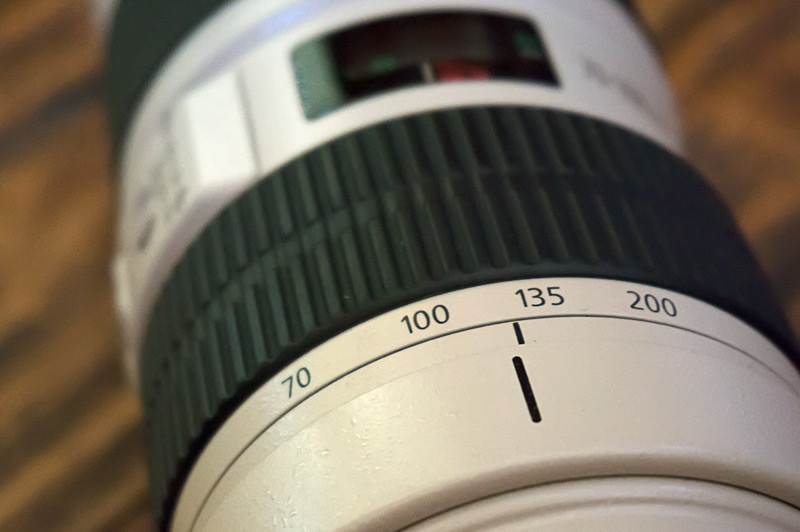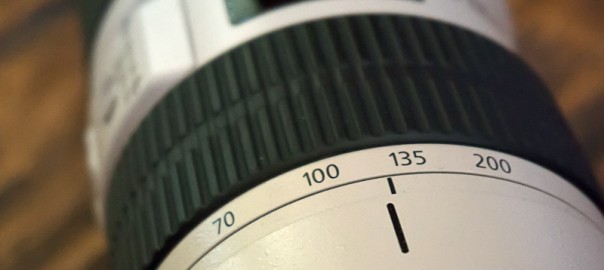Which is better: a prime lens or a zoom lens? And which one will be best when getting started with outdoor photography? These are common questions and, while there may not be one set answer that fits everybody, we can go a long way toward answering these questions for most people.
What are Prime and Zoom Lenses?
First, let’s make sure we all understand what “prime” and “zoom” lenses are:
When you buy a “prime” lens, you get a lens of one specific focal length. Common focal lengths are 35mm, 50 mm, 80 mm, and 100mm. The focal length cannot be changed or adjusted, and the only way to adjust the field of view is to walk closer or further away.
A “zoom” lens, on the other hand, gets you an entire range of focal lengths. Common ranges of zoom lenses are 18-55 mm, 24-70 mm, and 70-200 mm. The great benefit of zoom lenses is that you can twist the lens to “zoom in” on your subject or “zoom out” to increase the field of view.

When You Are Starting Out
Upon first blush, it might appear that a zoom lens is the way to go when you are starting out. After all, you get an entire range of focal lengths in one lens. For example, an 18-55 mm lens is equivalent to having 28 different prime lenses starting with an 18 mm lens, then a 19 mm lens, and working your way all the way to a 55 mm lens.
And, you know what? You would be right about that. For most people, zoom lenses are the way to go when you are starting out. The advantage of all those focal lengths in one package is just too strong to overcome. It is such an obvious advantage that sometimes it gets overlooked while we are caught up talking about other factors that are dwarfed by comparison.
You might notice that pretty well every one of my recommended lenses is a zoom lens. The only prime I recommend for those starting out with photography is a 50 mm, and that is only because it is so cheap. That is because of the clear advantage that zoom lenses offer.
But that is not to say that you will never want a prime lens. Prime lenses can be better. They are certainly smaller, they are often cheaper, and they are almost always faster than zoom lenses. We’ll get to that in a bit. But I definitely recommend you start out with a zoom. You might find – as I do – that the limitations of prime lenses are too great to overcome the advantage that the zoom lens offers.
Sharpness of Primes and Zooms
There has always been a debate about prime v. zoom lenses, so let me address some of the issues involved with the decision. First let’s talk about the relative sharpness of prime lenses versus zooms.
When zoom lenses were first introduced, the quality of them was not what it is today. At that time, prime lenses were much higher quality than zooms. Serious photographers always recommended prime lenses over zooms. However, in recent times the optics of zoom lenses have increased dramatically, such that there is not that much difference in quality.
At the same time, it is still a fact that prime lenses do tend to be sharper than zooms. A company called DXO Mark rates lenses based on a variety of criteria, including sharpness. Here are the sharpness scores for the top wide angle lenses of each of the major manufacturers:

As you can see, the sharpness scores for the prime lenses are a little higher than the scores for the zooms. This is true for each manufacturer.
[box style=”rounded”]A word of caution here: Do not put much stock in the ratings between companies. DXO Mark data generally rates some companies very low (like Canon) and some very high (like Nikon). Secondly, the testing is also impacted by the camera that is used.[/box]
However, it should be noted that there are zoom lenses that rate higher than prime lenses. The chart above lists only the top lenses in terms of sharpness. If you look at all the data, you will see that there are prime lenses that do not rate as high as some zooms. Therefore, getting a prime lens does not necessarily mean that it will be sharper than a zoom.
The Impact of Compression
There is one thing you need to understand in order to make sure that you are using zoom lenses properly. Zooming in on a subject is not the same thing as moving close to it. The reason is something called “compression.” If you zoom in, everything in the frame looks closer together. If you zoom out, everything looks further apart.
Those that advocate for prime lenses point to the fact that a prime lens forces you to move closer or further away from your subject in order to frame it the way you want. You will hear the phrase “zoom with your feet.” It eliminates natural laziness in all of us to change the framing with the zoom rather than moving around. My suggestion is that you use zoom lenses and just not be lazy.
When you might want a prime
This is not to say that nobody should buy prime lenses. In fact, as you progress with photography, you might want to add a prime lens or two to your photo kit. There are some times and situations where this makes perfect sense.
- Sharpness: As noted above, if you want maximum sharpness, prime lenses are still a little sharper than zoom lenses.
- Specific Tasks: If you are using a lens for a specific task, then a prime lens might be the way to go. For example, if you take mostly portraits and you want as fast a lens a possible, then a prime of 85 mm or 100 mm would be best for you. For example, you can get a Canon 85 mm f/1.8, which is a very fast lens, for only about $420. You can get a 100 mm f/2 for only about $500. Pretty much any zoom lens covering these focal lengths will be multiple times that amount (and it still won’t be as fast).
- Limitations: In addition, some people do legitimately find that being locked in to a specific focal length forces them to be more creative. If you are one of them, a prime lens might really advance your photography.
- Speed: Finally, if you find yourself in need of a super-fast lens, then primes are the way to go. The very fastest zoom lenses are f/2.8. Many prime lenses have apertures that open up wider than that. Some are significantly wider. Primes routinely have apertures that open up to f/2.0 or f/1.8. Some go to f/1.4 (and larger). While these values are small, they have a great impact. Keep in mind that because of the number system for measuring apertures, at low ranges a small change in the value can be a big change in aperture. For example, an f/2.0 lens is a full stop faster than an f/2.8 lens, which means that it allows in twice as much light.
Next Steps
I recommend you start out with a zoom lens or two before you even consider purchasing any prime lenses. I personally only own one prime lens, and I just rent them on occasion.
If you are in the market for a lens, check out my lens recommendations.

